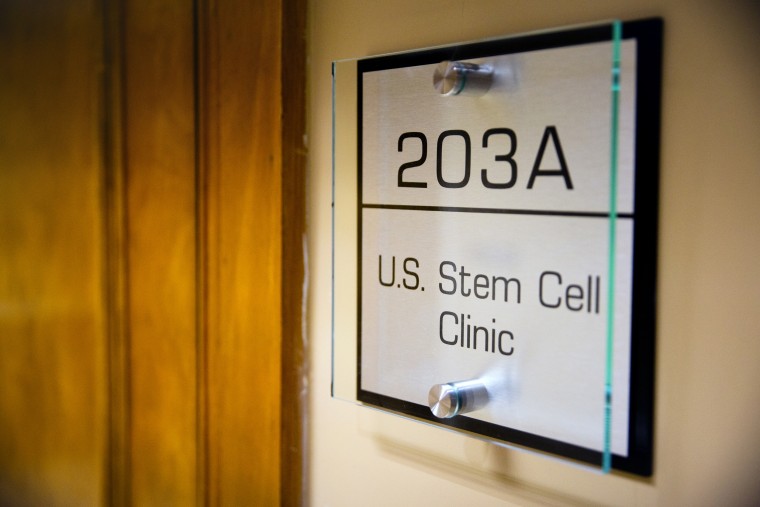

In recent years there has also been an increasing number of for-profit and non-accredited stem cell treatment centers offering this procedure as well increasing “stem-cell tourism” where people travel to other countries to receive stem cell therapy. Importantly, the newer trials had lower rates of complications, further evidence that more time and experience with these procedures increases the safety.Ĭurrently, stem cell therapies for MS are available in the context of clinical trials and at accredited stem cell centers.


Further analysis of this data showed that those with relapsing remitting MS had better outcomes and safety compared to those with progressive MS. A 2017 analysis of 15 individual studies on aHSCT in MS found that 5 years after the procedure, between 59-70% of people had no evidence of MS disease activity, while the combined mortality (death) rate from the procedure was 2.3%. You can read more details of the procedure at this National MS Society (NMSS) webpage. This one-time process usually takes place in the hospital over several weeks. Finally, the previously collected stem cells are infused back into the patient’s blood. This is followed by a treatment course of chemotherapy to suppress the remaining immune system. These stem cells are then collected and frozen. The process of autologous hematopoetic stem cell therapy starts with medications that release stem cells from the bone marrow into the blood. Hematopoetic stem cells (HSC) are adult stem cells found in bone marrow and blood which are capable of producing all of the cells that make up the blood and immune system. Autologous means the stem cells used for treatment are taken from the treated person’s own body. Studies of stem cell therapy for MS generally use a type of stem cell therapy called autologous hematopoetic stem cell therapy (aHSCT). Ongoing studies are trying to determine which people with MS will benefit most from stem cell therapy, and which stem cell therapy methods are safest and most effective. Since the first human studies in 1995, stem cell therapy has shown great potential for preventing MS disease activity, but with risks of serious complications. Stem cell therapy is an experimental procedure being studied in MS as a way to “reset” the immune system so that it is less likely to attack myelin. MS is an autoimmune disease that attacks myelin, the insulating cover of cells in the brain and spinal cord.
Phoenix stem cell treatment center reviews software#


 0 kommentar(er)
0 kommentar(er)
